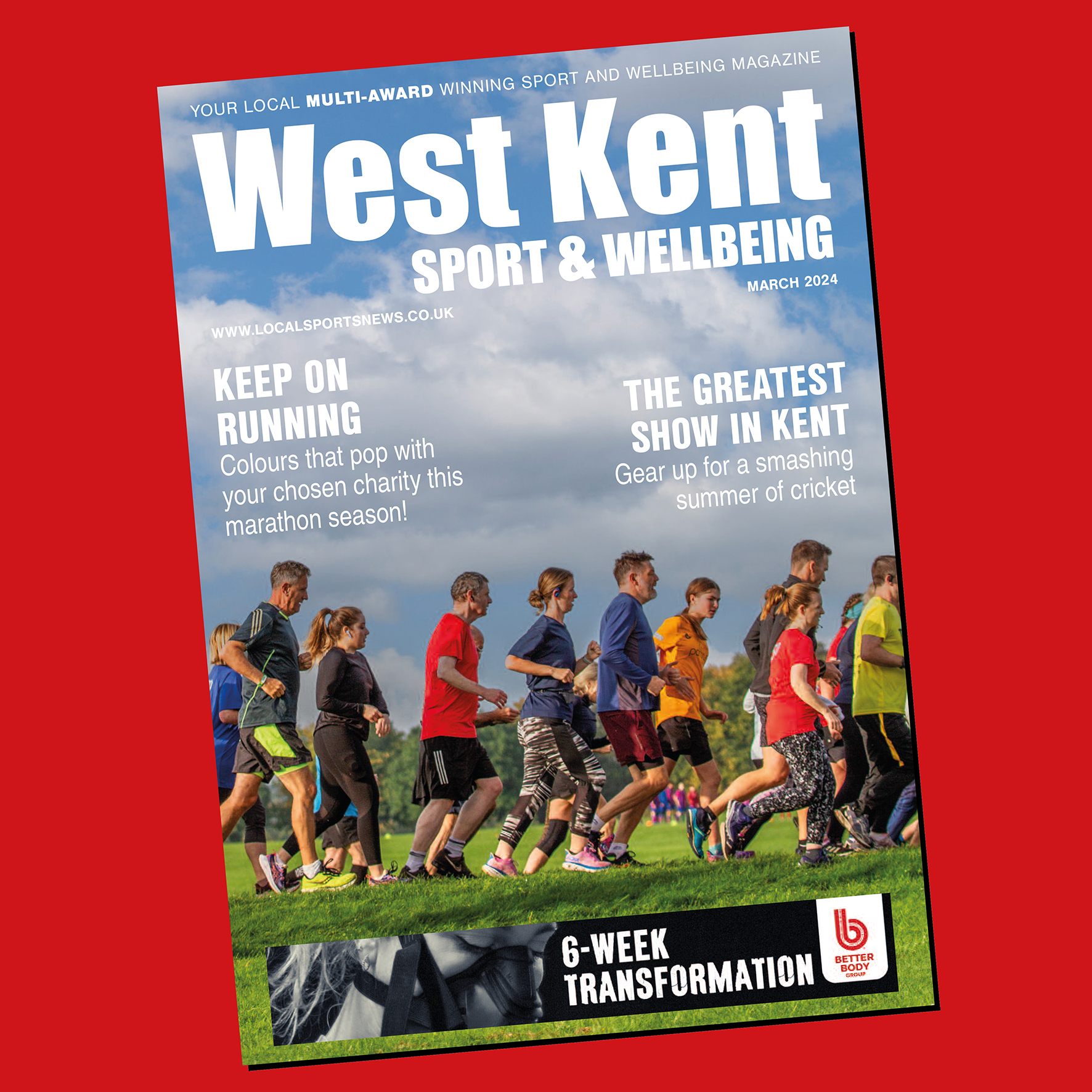The shoulder joint in sport is a source of pain for a lot of people at both a professional and amateur level. The shoulder joint is split into four separate but equally important joints, but for the sake of this article we will concentrate on the ball and socket joint, the gleno-humeral joint (GH).
The GH is comprised of the humerus and the scapula, (shoulder blade). The joint lacks stability for mobility, and unlike the hip which has three extremely strong ligaments, the shoulder relies on its stability by four muscles these being the rotator cuff.
 The rotator cuff muscles attach to the humeral head, the long bone of your upper arm and all work together through a common tendon to control the movement of the humerus as pictured here.
The rotator cuff muscles attach to the humeral head, the long bone of your upper arm and all work together through a common tendon to control the movement of the humerus as pictured here.
The four muscles, the infraspinatus, supraspinatus, teres minor and subscapularis all have different and similar roles, but their main role is stability.
At any one time, the head of the humerus is ¾ outside the glenoid fossa (attachment to the shoulder blade) so requires a lot of control. The essential movements that are required and are driven by these muscles at the GH joint are listed below;
• External rotation – infraspinatus, example; serve in tennis
• Internal rotation – teres minor, subscapularis, example; back hand in tennis
• Abduction – supraspinatus- example; cricket one handed catch to the side
None of these movements happen independently of one another, sometimes there is stability and other times there is mobility.
Isolation of rotator cuff
Isolation of the the GH joint is important from a rehab prospective, and should include a stability component to provide essential information through the nervous system, which is essential in the rehab phase.
As you can see in the image here, the use of bands in external rotation can be a great tool along with manual therapy firstly in an open chain as below and then in a closed chain. An example of this would be a push up, where the muscles discussed have to stabilise the shoulder to allow the chest and triceps to work efficiently.
 Throwing in sports
Throwing in sports
Throwing in sports is a very dynamic and complex amount of movements combined to allow the power of the throw to work. The 3 main movements are; a lunge through the hip, a torso rotation through the spine and a press through the shoulder. If one of these movements is deficient in any way the load through the shoulder becomes too much and the chances of injury increases.
Once you are through the rehab phase or in combination with, these movements have to be assessed and trained to allow the athlete to start to integrate these important motor patterns.
As you can see in the photos here I have put a couple of exercises together, to show the integration of the shoulder, spine and hip complex.
By Steven Hollinshead
(functionalfitnessuk@gmail.com / 07841 489116)
Steven Hollinshead BSc (Hons) Dip. is a sports therapist at VO2 Fitness Training in Hildenborough. Offering sports massage, orthopaedic rehabilitation, Osteopathy and personal training.






